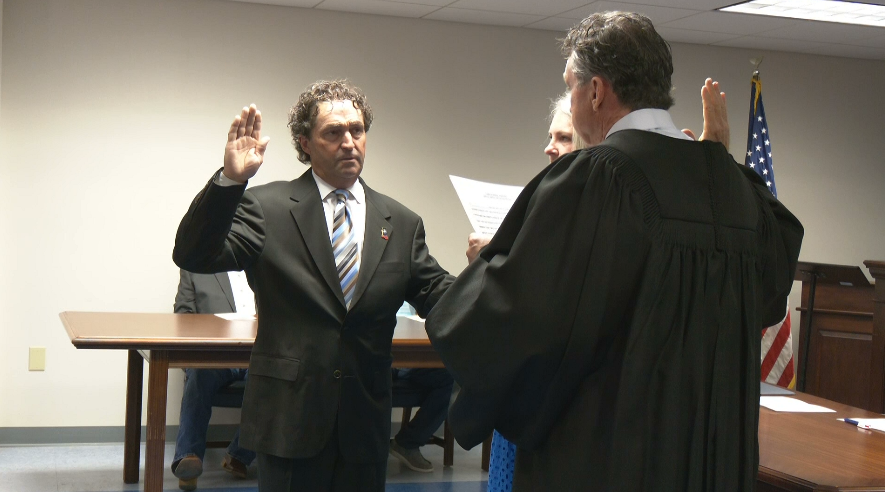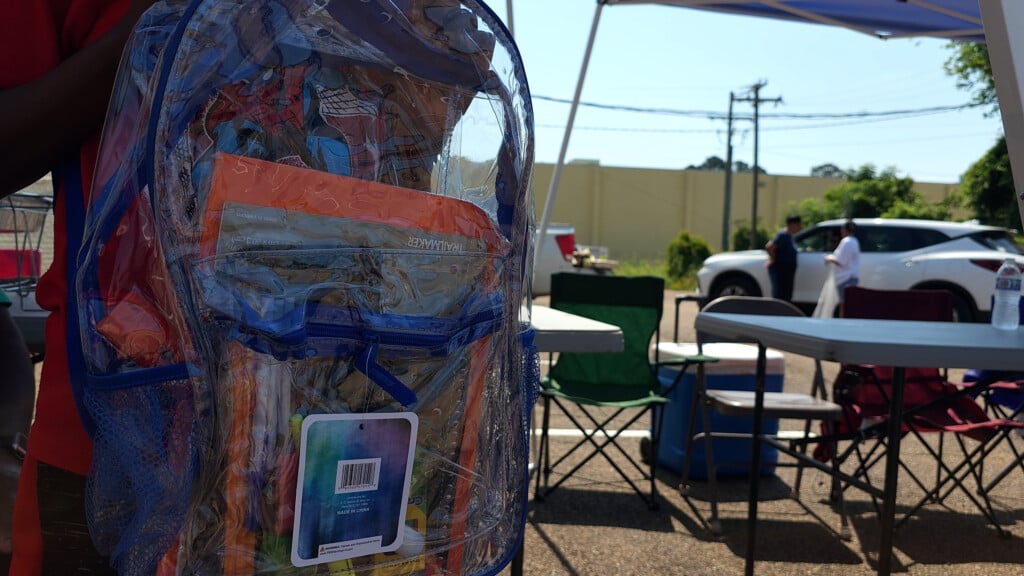Astronauts already in “quarantine bubble” as NASA adapts to virus
With the exception of “mission-essential” personnel, NASA ordered its civil service workforce at the Kennedy Space Center in Florida, the Johnson Space Center in Houston and other field centers across the nation to begin mandatory work from home Wednesday to help slow the spread of the coronavirus.
Astronauts Doug Hurley and Robert Behnken are continuing their training for launch in May aboard a SpaceX Crew Dragon commercial crew ship — the first launch of NASA astronauts on a U.S. spacecraft in nearly a decade. But they told CBS News they are taking every precaution possible to protect themselves, their families and support personnel.
“We just have to be smart about what we do and how we do it and follow the protocols that our flight surgeons and medical community have set forth,” Hurley said. “We are going to do the right thing as best we can. We’re going to try to continue to train as best we can. We’re going to do the right things and hopefully arrive at the launch pad healthy when we actually do launch.”
Behnken said he and Hurley already were following health stabilization guidelines in place for crews training for an upcoming flight and both astronauts are “going to be using NASA transportation to try to minimize our exposure as we as we fly out to California and then onto Florida over the next few weeks.”
“We’re kind of already in a quarantine bubble that includes the two of us and of course, by extension, our immediate families as well,” he said. “We’ll be leading up to launch kind of with similar precautions. It’s not a lot different than what we would do for a crew that was going to launch on a Soyuz out of Baikonur (Cosmodrome in Kazakhstan), or what we did back when we launched on space shuttles.”
For shuttle launches, family members typically flew to Florida to watch their loved ones rocket away in person. For Hurley and Behnken, that’s not a sure thing given the exponential rise in coronavirus cases and increasingly strict efforts to limit exposure.
“I would have said emphatically yes a few weeks ago, but I think we’re all just kind of one day at a time at this point regarding how people can attend the launch,” Hurley said. “It would be complete speculation on my part to sit there and say, OK, everybody’s gonna be there. I think the powers that be will do what they can to make sure it’s safe for everybody to come and watch the launch if that is the case, and if not, they’ll have to watch it from from home. I honestly don’t know.”
NASA’s coronavirus response framework lists four stages, beginning with full access to agency bases by all personnel and progressing through increasingly severe restrictions. Stage 3 was declared by NASA Administrator Jim Bridenstine Tuesday night, implementing mandatory telework, virtual meetings, limiting agency travel and restricting access to civil servants carrying out mission-essential work.
“Mission essential” was defined as “work that must be performed to maintain mission/project operations or schedules and cannot be performed remotely/virtually; OR work that has a justifiable impact on the safety of human life or the protection of property AND there is a likelihood that the safety of human life or the protection of property would be compromised by a delay in the performance of the work.”
The decision to elevate NASA centers to stage 3 was an imperative “pre-emptive step to thwart further spreading of the virus among the workforce and our communities,” Bridenstine told agency workers in a statement. “I strongly encourage you and your families to follow all local, state and federal guidelines to stay healthy and to help slow the spread of the virus.”
If stage 4 is declared, NASA bases will be closed to even mission-essential workers and all agency travel will be suspended.
Asked what might happen if one of the Crew Dragon astronauts got sick, Behnken said “there would be a lot of meetings, I can tell you that, to try to assess what the risk was and how we would go forward.”
“Could you kind of work through it from a quarantine perspective, make sure the space station crew was taken care of and whether or not we could get over whatever the sickness was and kind of move on from there?” he mused.
Added Hurley: “Yeah, you do the right thing and you know, if a launch has to be scrubbed for a few days so crew members are healthy, that’s a much better option than taking something up to the space station.”
The coronavirus is impacting space agencies around the world. The French space agency CNES shut down launch operations at the Guiana Space Center last week and Roscosmos, the Russian federal space agency, said it would follow suit, stopping work on commercially-provided Soyuz rockets scheduled for launch in the coming weeks from the South American base.
At the Baikonur Cosmodrome in Kazakhstan, the Russians plan to launch the Soyuz MS-16/62S spacecraft as planned on April 9 to ferry two cosmonauts and NASA astronaut Chris Cassidy to the International Space Station. The station’s current crew — commander Oleg Skripochka and NASA astronauts Drew Morgan and Jessica Meir — is scheduled to return to Earth April 17 with a landing on the steppe of Kazakhstan.
Roscosmos is barring domestic media from traveling to attend the launch and NASA expects a smaller crowd than usual, allowing agency personnel to opt out of travel to the cosmodrome.
At the Kennedy Space Center in Florida, SpaceX engineers went ahead with launch of a Falcon 9 rocket Wednesday carrying a sixth batch of 60 Starlink internet satellites. A NASA spokeswoman said contractors, like SpaceX, that lease buildings at the Kennedy Space Center can continue working under company guidelines.
It is not yet known whether SpaceX or competitor United Launch Alliance, which builds Atlas 5 and Delta 4 rockets, will be allowed to process downstream payloads and rockets for commercial, non-government launches if Kennedy and the adjacent Cape Canaveral Air Force Station eventually are closed.
United Launch Alliance operates a single pad, launch complex 41, at the Air Force station. SpaceX operates launch pads on both sites: launch complex 40 at the Air Force Station and historic pad 39A at Kennedy. All rockets launched from the East Coast require telemetry and tracking support provided by the Air Force.
While the upcoming Crew Dragon flight is one of NASA’s highest near-term priorities, the agency also is preparing the $2 billion Perseverance Mars rover for launch atop an Atlas 5 rocket in July. Mission managers have said they have ample time built into the schedule to handle unexpected problems, but no one anticipated the potential impact of the coronavirus.





Leave a Reply